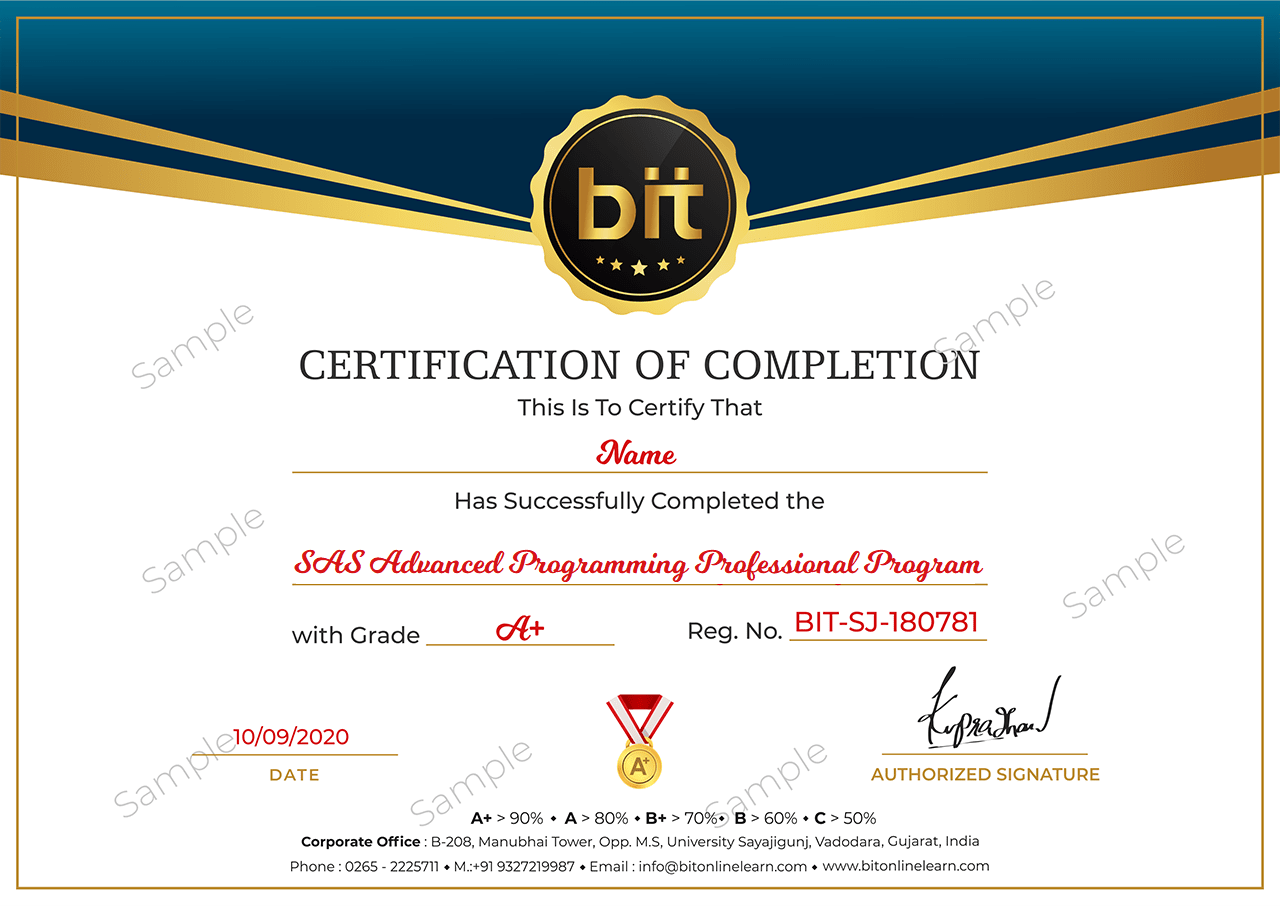

Advance SAS (Statistical Analysis System) online training enables you to explore the depth and width of SAS knowledge. The training takes you to the higher level of data analysis helping enterprises in taking advantage of business intelligence. This business analyst course is divided into three sections, namely. The SAS SQL will deliver skills in accessing data using SQL. The participant will learn how to generate detailed and summary reports from a single table or multiple tables. Using SQL procedure, you will also learn how to construct sub-queries and ways to access dictionary tables. The SAS Macro Language focuses on macro processing. By using SAS macro language, the trainees will work on user-defined and automatic macro variables, automate programs, use macro functions, create data driven programs, and use system options for debugging. The SAS Programming cover Advanced Techniques and Efficiencies section provides hands-on experience on advance data look-up techniques such as arrays, hash objects, indexes, and formats. The attendees use DATA steps to develop reusable SAS programs to reduce programming time. This Advance SAS course is designed for clearing the SAS Certified Professional: Advanced Programming Using SAS 9.4 exam. The entire course content is in line with the certification program and helps you clear the certification exam with ease and get the best jobs in top MNCs.

Copyright Bitonlinelearn © 2021. All Rights Reserved | Design and Developed By BITINFOTECH